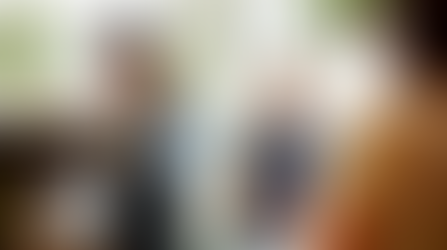Things to know about Sydney schools
- Jenny Murphy (MARN 0852535)

- Aug 4, 2017
- 2 min read

Child education is a key issue for many migrants coming to Australia. In Australia, each state government manages the school system within their states, so the parents must be familiar with the education system.
There are three main types of schools: government schools, catholic schools and private schools. Government schools are often called state schools or public schools. Non-government schools are usually called private schools. Public schools are accessible and free of charge to permanent resident students, while temporary resident students pay the administration fee ($110) and education fee ($5,000-6,000), unless they are exempted.
Public schools have strict enrolment zones in highly populated suburbs of Sydney. The temporary resident students are either enrolled in a local school or requested to enroll in an out of area school.
Catholic schools can be an option for temporary resident students (i.e. 457 visa), with school fees ranging from $5,000 per year.
Private schools do not have enrolment zones but do have long waiting lists. The tuition fees vary considerably across Sydney, but the parents may expect to pay anywhere between $23,000 and $35,000.
Schooling lasts 13 years, starting with Kindergarten, and then on to primary school (years 1-6), junior secondary school (years 7-10) and senior secondary school (years 11-12). School is compulsory until children turn sixteen.
School year starts from the last week of January and ends one week before Christmas. It is divided into 4 terms with term breaks. Children generally begin Kindergarten at five and they must be enrolled in school by age six.
There are no English requirements for enrollment until Year 5. If the children do not meet the English requirement for Year 6, they may need to attend an intensive English course for 10-12 weeks.
Sources:







Comments